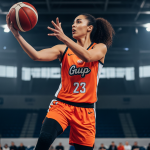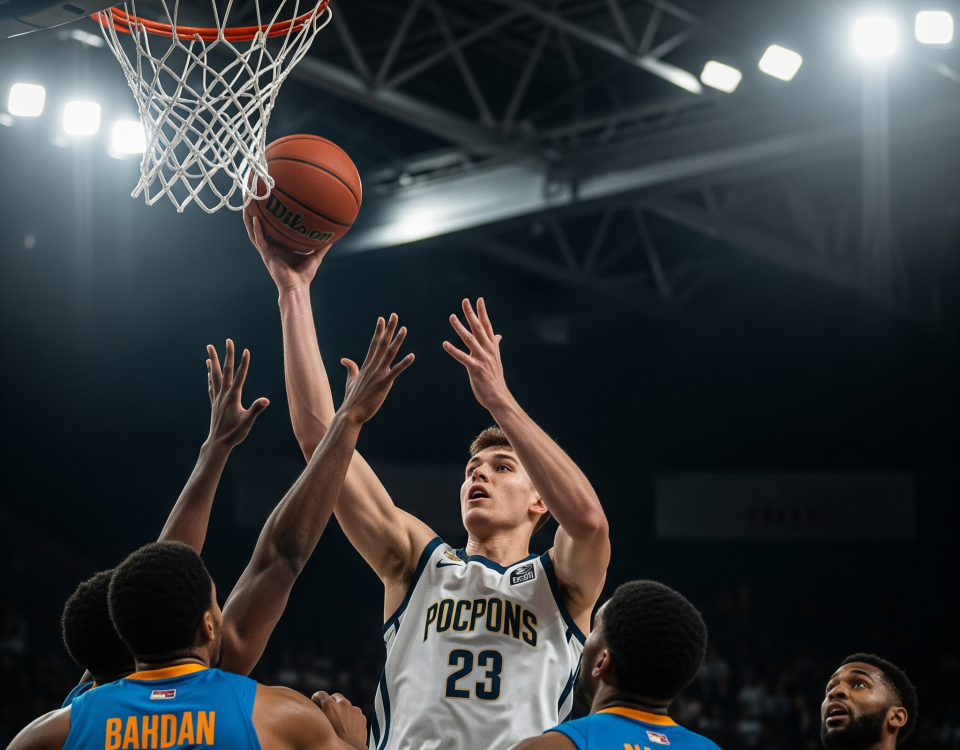
A’ja Wilson: The Dominant Force Leading Las Vegas Aces’ WNBA Dynasty Quest
June 4, 2025The NBA Finals have concluded, and for most franchises, the focus has squarely shifted to the off-season. This is a crucial period where teams lay the groundwork for future contention or rebuilds. Every organization, from championship aspirants to lottery-bound squads, has at least one glaring weakness that needs addressing. Identifying this biggest need and making the corresponding decisive move is paramount for success in the league. For some teams, this might mean acquiring a true superstar to elevate them to the next level.
The hunt for a franchise cornerstone often involves significant trades or navigating the complexities of max contracts in free agency. Other teams might already possess star power but lack the necessary supporting cast. In these instances, the most pressing need could be a reliable three-point shooter to space the floor. Alternatively, a dedicated perimeter defender to neutralize opponents’ top scorers might be the missing piece. Perhaps the issue lies in the paint, with a desperate need for a dominant rebounder or a rim protector.
Post play remains a critical component of a balanced basketball team, and a skilled big man can transform a team’s interior presence. For younger, developing rosters, the biggest need might be less about a specific player type and more about acquiring veteran leadership. An experienced voice in the locker room and on the court can guide burgeoning talent and instill a winning culture. Sometimes, the most critical move isn’t an addition, but rather a strategic subtraction to create financial flexibility.
Clearing cap space can open doors to future marquee signings or allow for the absorption of valuable assets in trades. For teams stuck in mediocrity, a bold trade, even if it means parting with familiar faces, might be the only path to genuine improvement. The NBA Draft also presents a significant opportunity to fill a crucial need, whether it’s drafting for raw talent or a specific positional requirement. Player development is another internal move that can be just as impactful as any external acquisition.
Investing in coaching and training to improve existing players can yield substantial long-term benefits. For a team that struggled with late-game execution, finding a proven closer, someone unafraid of the big moment, becomes the top priority. Conversely, a team that lacked offensive cohesion might need to prioritize a true floor general, a point guard who can orchestrate the offense and create easy opportunities for teammates. The pressure is always immense on front offices to make the right call.
Identifying the primary weakness is the first step; executing the plan to fix it is where championships are often won or lost. Will your team target a sharpshooter to spread the offense? Or perhaps a defensive anchor to solidify the paint is the top priority. Maybe a dynamic playmaker to unlock the potential of others is the crucial missing ingredient. Some franchises might desperately need a go-to scorer who can create their own shot when the offense breaks down. Others could be searching for versatile wing players who can contribute on both ends of the floor.
For a team that was consistently outrebounded, adding a tenacious presence on the boards is non-negotiable. If turnovers plagued their season, a more secure ball-handler or a better decision-maker at the point guard spot is essential. Sometimes, the biggest need is simply health, and the crucial move is investing in better conditioning and injury prevention programs. The off-season is a chess match, and the teams that accurately diagnose their most significant need and make the shrewdest move will position themselves for a successful campaign. What will your team do? The clock is ticking.



